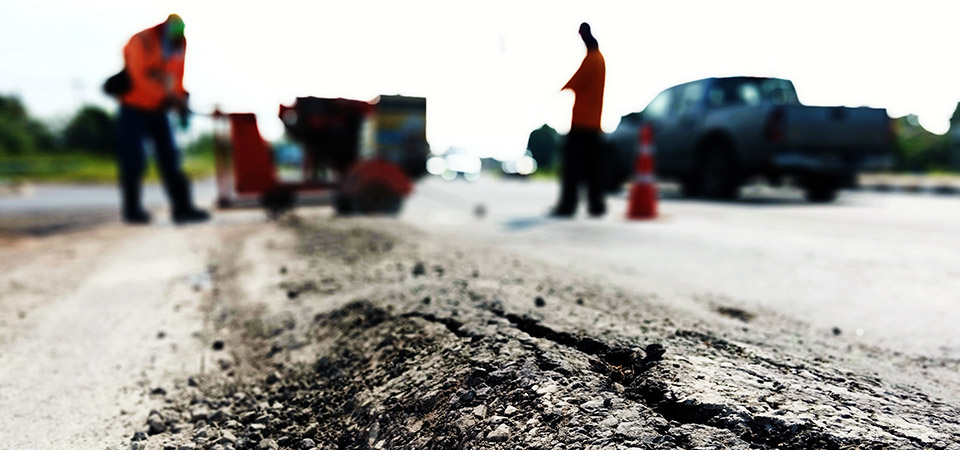Aggregates are sourced and produced through a series of steps that involve extraction, processing, and manufacturing. Here's a general overview of the process:
Identification of sources: The first step is to identify suitable sources of aggregates, which are typically natural materials such as sand, gravel, crushed stone, or recycled materials like concrete or asphalt. These sources can be located through geological surveys or by evaluating existing deposits.
Extraction: Once a suitable source is identified, the extraction process begins. This involves the removal of aggregates from the earth's crust, usually through methods such as open-pit mining, dredging from riverbeds, or quarrying. The extraction methods depend on the type of aggregate being sourced
Crushing and screening: After extraction, the raw material is typically processed through crushing and screening equipment. The larger rocks or boulders are crushed into smaller sizes using crushers, and then the material is passed through screens to separate it into different size fractions. This process ensures that the final aggregates have the desired particle size distribution.
Washing and scrubbing: In some cases, aggregates may undergo washing or scrubbing to remove impurities such as clay, silt, or organic matter. Washing can be done using water and various equipment, such as scrubbers, classifiers, or hydrocyclones, to achieve the desired cleanliness and quality of the aggregates.
Grading and sorting: Once the aggregates are processed and cleaned, they are typically graded and sorted based on their particle sizes. This is done by passing the material through a series of sieves or screens with different mesh sizes. The resulting graded aggregates can be used for specific applications that require different size ranges.
Storage and stockpiling: The produced aggregates are usually stored in stockpiles to await transportation and distribution. Stockpiling helps in maintaining inventory and ensuring a consistent supply of aggregates.
Transportation: Aggregates are transported from the extraction site or production facility to various destinations, such as construction sites or distribution centers. This is typically done using trucks, railroads, or barges, depending on the proximity of the source to the demand locations.
Quality control: Throughout the sourcing and production process, quality control measures are implemented to ensure that the aggregates meet the required specifications. Quality control involves testing the aggregates for properties such as particle size distribution, strength, durability, and cleanliness.
Manufacturing of specific aggregate products: Depending on the intended use, aggregates may undergo further processing or manufacturing. For example, aggregates can be used in the production of concrete, asphalt, or other construction materials. In such cases, the aggregates are mixed with other components to create the desired product.
It's important to note that the exact process can vary depending on the type of aggregate, local regulations, and specific industry practices. Additionally, sustainable practices, environmental considerations, and recycling efforts are becoming increasingly important in aggregate sourcing and production to minimize the environmental impact.
Photo by Nancy Hughes on Unsplash


